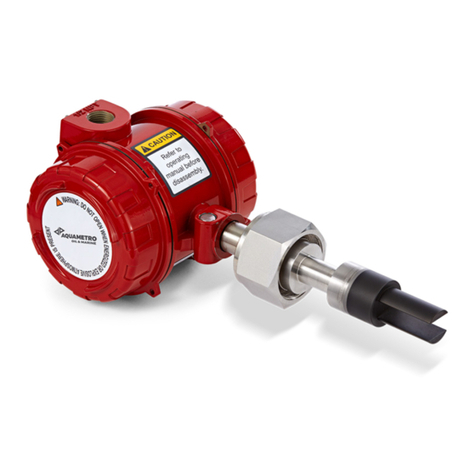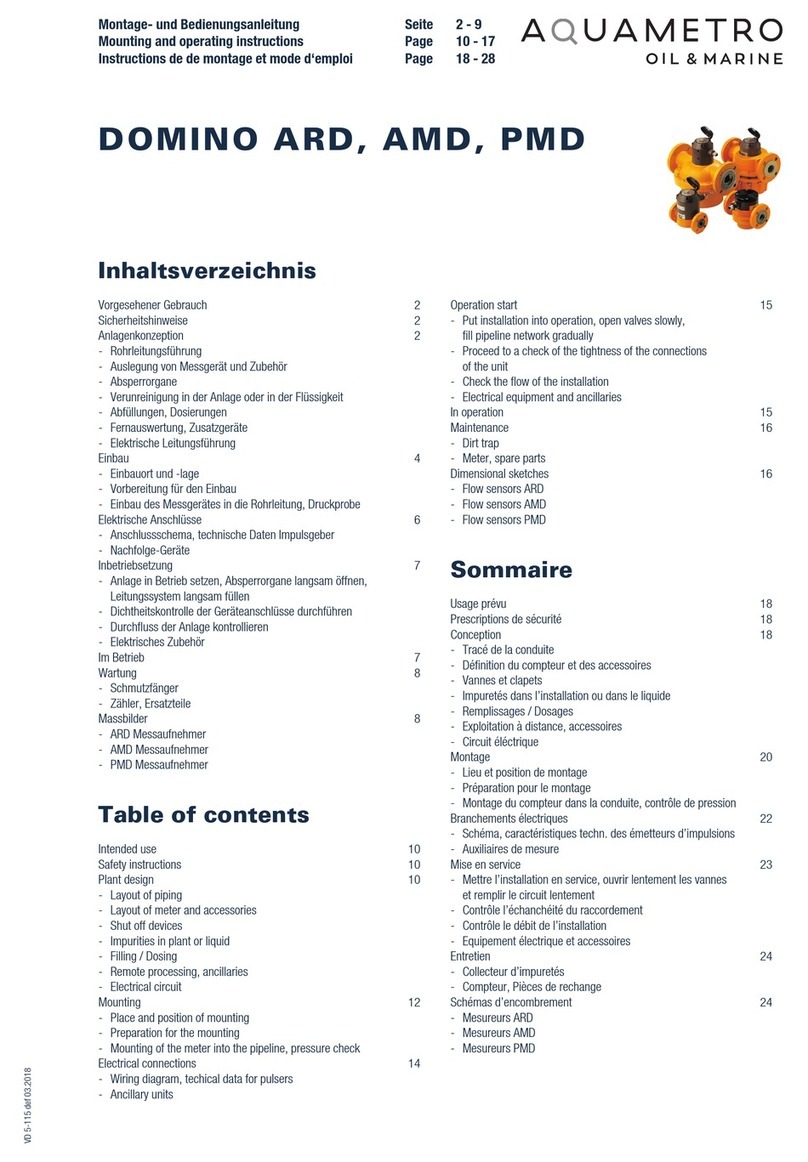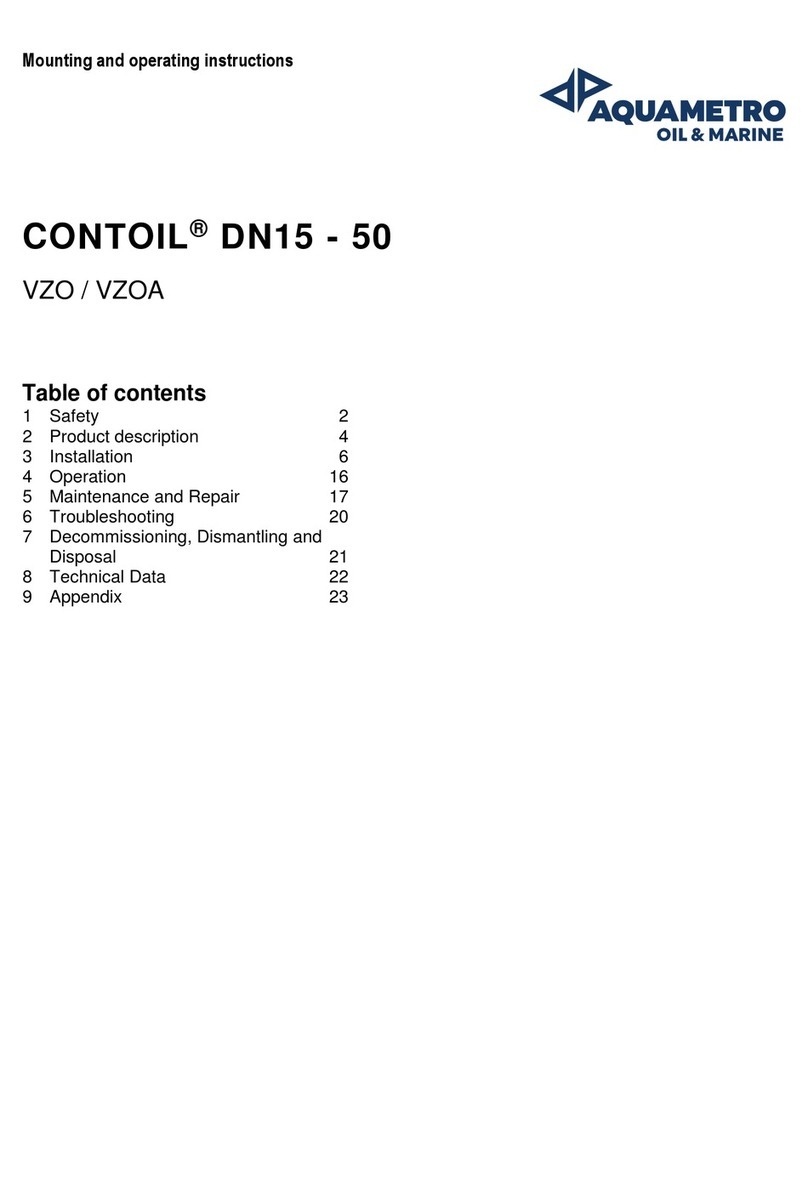Mounting and operating instructions
CONTOIL®
VZF II / VZFA II, DN 15 –50
Table of Contents
1Safety.............................................................................................................................2
1.1 Intended Use ............................................................................................................................................................ 2
1.2 Notes on safety rules and symbols.................................................................................................................. 2
1.3 Safety rules and precautions .............................................................................................................................. 3
1.4About the operating manual.............................................................................................................................. 3
2Product description .....................................................................................................4
2.1 Flow meter configuration .................................................................................................................................... 4
3Scope of delivery an accessories................................................................................5
4Mounting ......................................................................................................................6
4.1 Mechanical installation.......................................................................................................................................12
4.2 Electrical Installation............................................................................................................................................14
4.3 Engineering notes.................................................................................................................................................15
5Handling and operation............................................................................................16
5.1 Commissioning......................................................................................................................................................17
5.2 Display and operation.........................................................................................................................................17
5.3 Parameterizing.......................................................................................................................................................18
5.4 Main Menu..............................................................................................................................................................18
5.5 Setup menu structure..........................................................................................................................................20
5.6 Output assignment settings .............................................................................................................................22
5.7 Description of menu items................................................................................................................................24
6Maintenance and Repair ...........................................................................................27
6.1 Calibration ...............................................................................................................................................................27
6.2 Service maintenance............................................................................................................................................27
6.3 Maintenance...........................................................................................................................................................29
6.4 Spare parts ..............................................................................................................................................................30
7Troubleshooting.........................................................................................................31
7.1 Error messages VZF II / VZFA II .......................................................................................................................32
7.2 Alarm messages VZF II / VZFA II.....................................................................................................................33
8Decommissioning, Dismantling and Disposal ........................................................34
8.1 Decommissioning.................................................................................................................................................34
8.2 Dismantling.............................................................................................................................................................34
8.3 Return of materials...............................................................................................................................................35
8.4 Disposal....................................................................................................................................................................35
9Technical data ............................................................................................................36
9.1 Hardware characteristics....................................................................................................................................36
9.2 Parameterizing the VZF II / VZFA II outputs...............................................................................................38
10 Appendix.....................................................................................................................43
10.1 Dimensional drawings.........................................................................................................................................43
10.2 Default settings VZF II / VZFA II ......................................................................................................................44
11 Certificates..................................................................................................................47


































